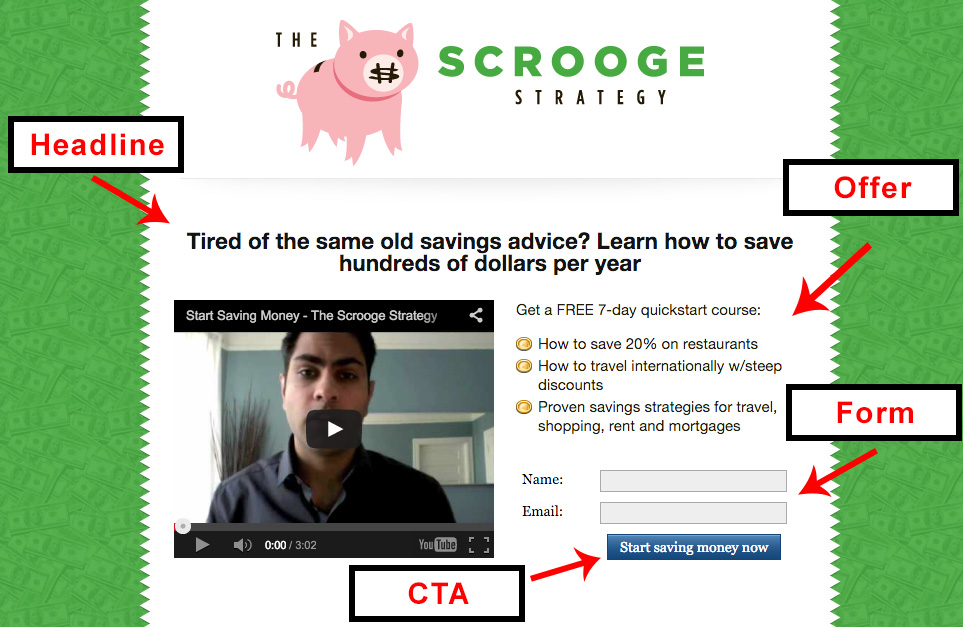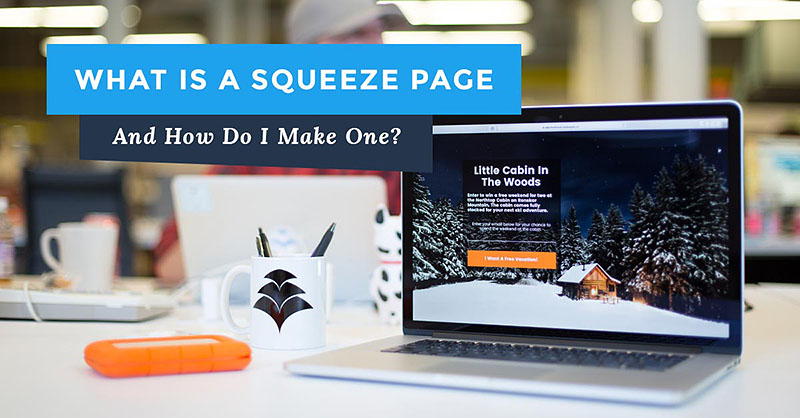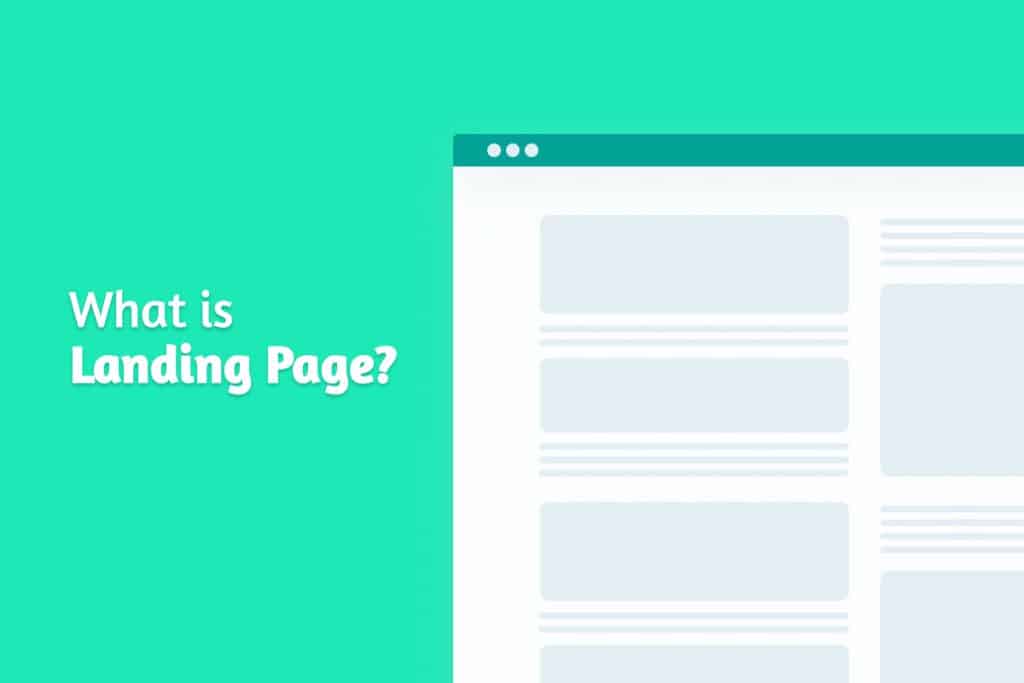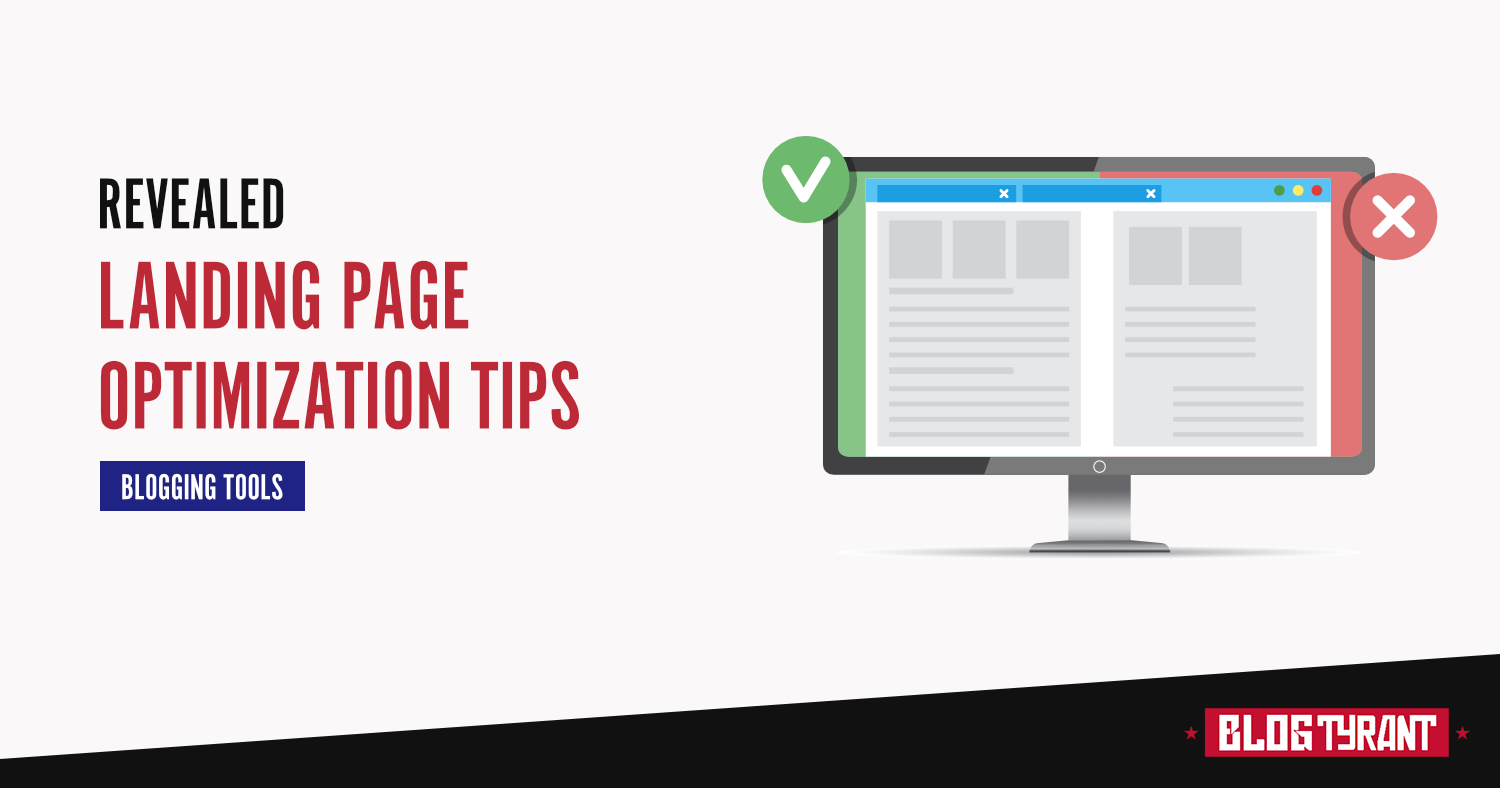Unlocking the Secrets of High-Converting Pages
In the world of digital marketing, having a well-designed page is crucial to capturing leads and driving conversions. Two popular types of pages that serve this purpose are squeeze pages and landing pages. While both are designed to convert visitors into customers, they differ in their approach and functionality. In this article, we will delve into the world of squeeze pages and landing pages, exploring their differences, benefits, and best practices to help you maximize your conversion rates.
A squeeze page is a type of webpage that is designed to capture email addresses and other contact information from visitors. Its primary purpose is to “squeeze” as much information as possible from visitors in exchange for a free offer, such as an e-book or webinar. On the other hand, a landing page is a webpage that is designed to convert visitors into customers by providing them with a clear and compelling offer. Landing pages can be used to promote a product, service, or event, and are often used in conjunction with paid advertising campaigns.
When it comes to choosing between a squeeze page and a landing page, it’s essential to consider your marketing goals and objectives. If your goal is to build an email list and nurture leads, a squeeze page may be the better choice. However, if your goal is to drive sales and conversions, a landing page may be more effective. In the following sections, we will explore the benefits and best practices of each type of page, as well as provide tips on how to create high-converting pages that drive real results.
By understanding the differences between squeeze pages and landing pages, you can make informed decisions about which type of page to use in your marketing campaigns. Whether you’re a seasoned marketer or just starting out, this article will provide you with the knowledge and insights you need to create high-converting pages that drive real results. So, let’s dive in and explore the world of squeeze pages and landing pages.
What is a Squeeze Page: Definition and Best Practices
A squeeze page is a type of webpage that is designed to capture email addresses and other contact information from visitors. Its primary purpose is to “squeeze” as much information as possible from visitors in exchange for a free offer, such as an e-book or webinar. Squeeze pages are often used by businesses to build their email list and nurture leads.
Effective squeeze pages typically have a few key elements in common. First, they have a clear and compelling headline that grabs the visitor’s attention and encourages them to read on. Second, they have a concise and focused message that explains the benefits of the free offer and why the visitor should opt-in. Third, they have a prominent call-to-action (CTA) that makes it easy for visitors to enter their contact information.
Best practices for designing a squeeze page include using a simple and clean layout, minimizing distractions, and making sure the CTA is above the fold. It’s also important to use social proof, such as customer testimonials and trust badges, to build trust with visitors and increase conversions. Additionally, squeeze pages should be optimized for mobile devices, as more and more people are accessing the internet from their smartphones.
Some examples of effective squeeze pages include those used by companies like HubSpot and Salesforce. These companies use squeeze pages to offer free resources, such as e-books and webinars, in exchange for contact information. By providing value to visitors upfront, these companies are able to build trust and establish themselves as thought leaders in their industry.
When it comes to creating a squeeze page, it’s essential to keep the design simple and focused on the goal of capturing contact information. By using a clear and compelling headline, a concise and focused message, and a prominent CTA, businesses can create effective squeeze pages that drive conversions and help them achieve their marketing goals.
Landing Page 101: A Beginner’s Guide to Creating High-Converting Pages
A landing page is a type of webpage that is designed to convert visitors into customers. Its primary purpose is to provide a clear and compelling offer that resonates with the target audience and encourages them to take a specific action. Landing pages are often used by businesses to promote a product, service, or event, and are typically used in conjunction with paid advertising campaigns.
Effective landing pages typically have a few key elements in common. First, they have a clear and compelling headline that grabs the visitor’s attention and communicates the value proposition. Second, they have a concise and focused message that explains the benefits of the offer and why the visitor should take action. Third, they have a prominent call-to-action (CTA) that makes it easy for visitors to take the desired action.
When it comes to designing a landing page, there are several key elements to consider. Headlines are critical, as they need to grab the visitor’s attention and communicate the value proposition. Images and videos can also be effective, as they can help to illustrate the benefits of the offer and make the page more engaging. Forms are also essential, as they provide a way for visitors to take action and convert into customers.
Optimizing each element of the landing page is crucial for maximum conversions. For example, using action-oriented language in the headline and CTA can help to encourage visitors to take action. Using images and videos that are relevant to the offer can also help to increase engagement and conversions. Additionally, making sure the form is short and easy to fill out can help to reduce friction and increase conversions.
Some examples of effective landing pages include those used by companies like Amazon and Facebook. These companies use landing pages to promote their products and services, and have optimized their pages to maximize conversions. By using clear and compelling headlines, concise and focused messages, and prominent CTAs, businesses can create effective landing pages that drive conversions and help them achieve their marketing goals.
Squeeze Page vs Landing Page: Which One is Right for Your Business?
When it comes to creating a webpage that converts visitors into customers, businesses often find themselves wondering whether to use a squeeze page or a landing page. While both types of pages can be effective, they serve different purposes and have different strengths and weaknesses. In this section, we’ll explore the key differences between squeeze pages and landing pages, and provide guidance on how to choose the best option for your business.
Squeeze pages are ideal for businesses that want to build their email list and nurture leads. They are designed to capture email addresses and other contact information from visitors, and typically offer a free resource or incentive in exchange for this information. Squeeze pages are often used by businesses that want to establish themselves as thought leaders in their industry, and want to build a relationship with their target audience.
Landing pages, on the other hand, are ideal for businesses that want to drive sales and conversions. They are designed to provide a clear and compelling offer that resonates with the target audience, and typically include a call-to-action (CTA) that encourages visitors to take a specific action. Landing pages are often used by businesses that want to promote a product or service, and want to drive conversions and sales.
So, how do you choose between a squeeze page and a landing page? The answer depends on your business goals and objectives. If you want to build your email list and nurture leads, a squeeze page may be the better choice. However, if you want to drive sales and conversions, a landing page may be more effective.
Ultimately, the key to success is to understand your target audience and create a webpage that resonates with them. Whether you choose a squeeze page or a landing page, make sure it is designed with your target audience in mind, and includes a clear and compelling offer that encourages them to take action.
By understanding the strengths and weaknesses of squeeze pages and landing pages, businesses can make informed decisions about which type of page to use in their marketing campaigns. By choosing the right type of page, businesses can increase conversions, drive sales, and achieve their marketing goals.
How to Create a Squeeze Page that Converts Like Crazy
Creating a squeeze page that converts like crazy requires a combination of compelling copy, effective design, and strategic optimization. In this section, we’ll provide a step-by-step guide on how to create a squeeze page that drives conversions and grows your email list.
Step 1: Write Compelling Copy
Your squeeze page copy should be clear, concise, and compelling. It should communicate the value of your offer and encourage visitors to opt-in. Use action-oriented language and focus on the benefits of your offer. Make sure your copy is free of distractions and easy to read.
Step 2: Design an Effective Layout
Your squeeze page layout should be simple, clean, and easy to navigate. Use a clear and prominent headline, and make sure your call-to-action (CTA) is above the fold. Use images and videos to break up the text and make the page more engaging. Make sure your layout is optimized for mobile devices.
Step 3: Optimize for Mobile Devices
With more and more people accessing the internet from their mobile devices, it’s essential to optimize your squeeze page for mobile. Use a responsive design that adapts to different screen sizes, and make sure your CTA is easy to click on mobile devices.
Step 4: Use Social Proof and Scarcity
Using social proof and scarcity can help increase conversions on your squeeze page. Add customer testimonials, trust badges, and other forms of social proof to build trust with your visitors. Use scarcity tactics like limited-time offers and countdown timers to create a sense of urgency.
Step 5: Test and Iterate
Testing and iterating on your squeeze page design is crucial to maximizing conversions. Use A/B testing to test different headlines, CTAs, and layouts, and make data-driven decisions to optimize your page.
By following these steps, you can create a squeeze page that converts like crazy and grows your email list. Remember to keep your copy compelling, your design effective, and your optimization strategic.
Landing Page Optimization: Tips and Tricks for Maximum Conversions
Optimizing a landing page for maximum conversions requires a combination of art and science. In this section, we’ll provide advanced tips and tricks for optimizing landing pages, including how to use social proof, scarcity, and urgency to drive conversions.
Use Social Proof to Build Trust
Social proof is a powerful way to build trust with your visitors and increase conversions. Use customer testimonials, trust badges, and other forms of social proof to demonstrate that your product or service is reliable and effective.
Create a Sense of Scarcity
Scarcity is a powerful motivator that can drive conversions. Use limited-time offers, countdown timers, and other scarcity tactics to create a sense of urgency and encourage visitors to take action.
Use Urgency to Drive Conversions
Urgency is another powerful motivator that can drive conversions. Use deadlines, limited-time offers, and other urgency tactics to encourage visitors to take action.
Test and Iterate
Testing and iterating on your landing page design is crucial to maximizing conversions. Use A/B testing to test different headlines, CTAs, and layouts, and make data-driven decisions to optimize your page.
Use Analytics to Inform Design Decisions
Analytics is a powerful tool that can help you inform design decisions and optimize your landing page for maximum conversions. Use analytics to track key metrics such as conversion rates, bounce rates, and time on page, and make data-driven decisions to optimize your page.
By using these advanced tips and tricks, you can optimize your landing page for maximum conversions and drive more sales and revenue for your business.
Real-Life Examples of Successful Squeeze Pages and Landing Pages
In this section, we’ll showcase real-life examples of successful squeeze pages and landing pages, highlighting what makes them effective and how they can be replicated. We’ll provide examples from well-known companies and industries, and discuss the key elements that contribute to their success.
Example 1: HubSpot’s Squeeze Page
HubSpot’s squeeze page is a great example of a well-designed page that effectively captures leads. The page features a clear and compelling headline, a concise and focused message, and a prominent call-to-action (CTA). The page also uses social proof, such as customer testimonials, to build trust with visitors.
Example 2: Amazon’s Landing Page
Amazon’s landing page is a great example of a well-designed page that effectively drives conversions. The page features a clear and compelling headline, a concise and focused message, and a prominent CTA. The page also uses images and videos to showcase the product and provide additional information.
Example 3: Facebook’s Squeeze Page
Facebook’s squeeze page is a great example of a well-designed page that effectively captures leads. The page features a clear and compelling headline, a concise and focused message, and a prominent CTA. The page also uses social proof, such as customer testimonials, to build trust with visitors.
What Makes These Pages Effective?
So, what makes these pages effective? Here are a few key elements that contribute to their success:
Clear and compelling headlines
Concise and focused messages
Prominent calls-to-action (CTAs)
Social proof, such as customer testimonials
Images and videos to showcase the product or service
By incorporating these key elements, you can create a squeeze page or landing page that effectively captures leads and drives conversions.
Measuring Success: How to Track and Analyze Your Squeeze Page and Landing Page Performance
Measuring the success of your squeeze page and landing page is crucial to understanding what’s working and what’s not. In this section, we’ll discuss the importance of tracking and analyzing the performance of your squeeze page and landing page, and provide guidance on how to set up analytics, track key metrics, and use data to inform design and optimization decisions.
Why Tracking and Analyzing Performance is Important
Tracking and analyzing the performance of your squeeze page and landing page is important because it allows you to understand what’s working and what’s not. By tracking key metrics such as conversion rates, bounce rates, and time on page, you can identify areas for improvement and make data-driven decisions to optimize your page.
How to Set Up Analytics
To track and analyze the performance of your squeeze page and landing page, you’ll need to set up analytics. Google Analytics is a popular choice for tracking website analytics, and it’s free to use. To set up Google Analytics, you’ll need to create an account and add a tracking code to your website.
Key Metrics to Track
There are several key metrics that you should track when analyzing the performance of your squeeze page and landing page. These include:
Conversion rates: This is the percentage of visitors who complete a desired action, such as filling out a form or making a purchase.
Bounce rates: This is the percentage of visitors who leave your website without taking any further action.
Time on page: This is the amount of time that visitors spend on your website.
Using Data to Inform Design and Optimization Decisions
Once you have set up analytics and are tracking key metrics, you can use the data to inform design and optimization decisions. For example, if you notice that your bounce rate is high, you may want to consider simplifying your design or making your content more engaging. If you notice that your conversion rate is low, you may want to consider optimizing your call-to-action or making your form more user-friendly.
By tracking and analyzing the performance of your squeeze page and landing page, you can make data-driven decisions to optimize your page and improve your conversion rates.







